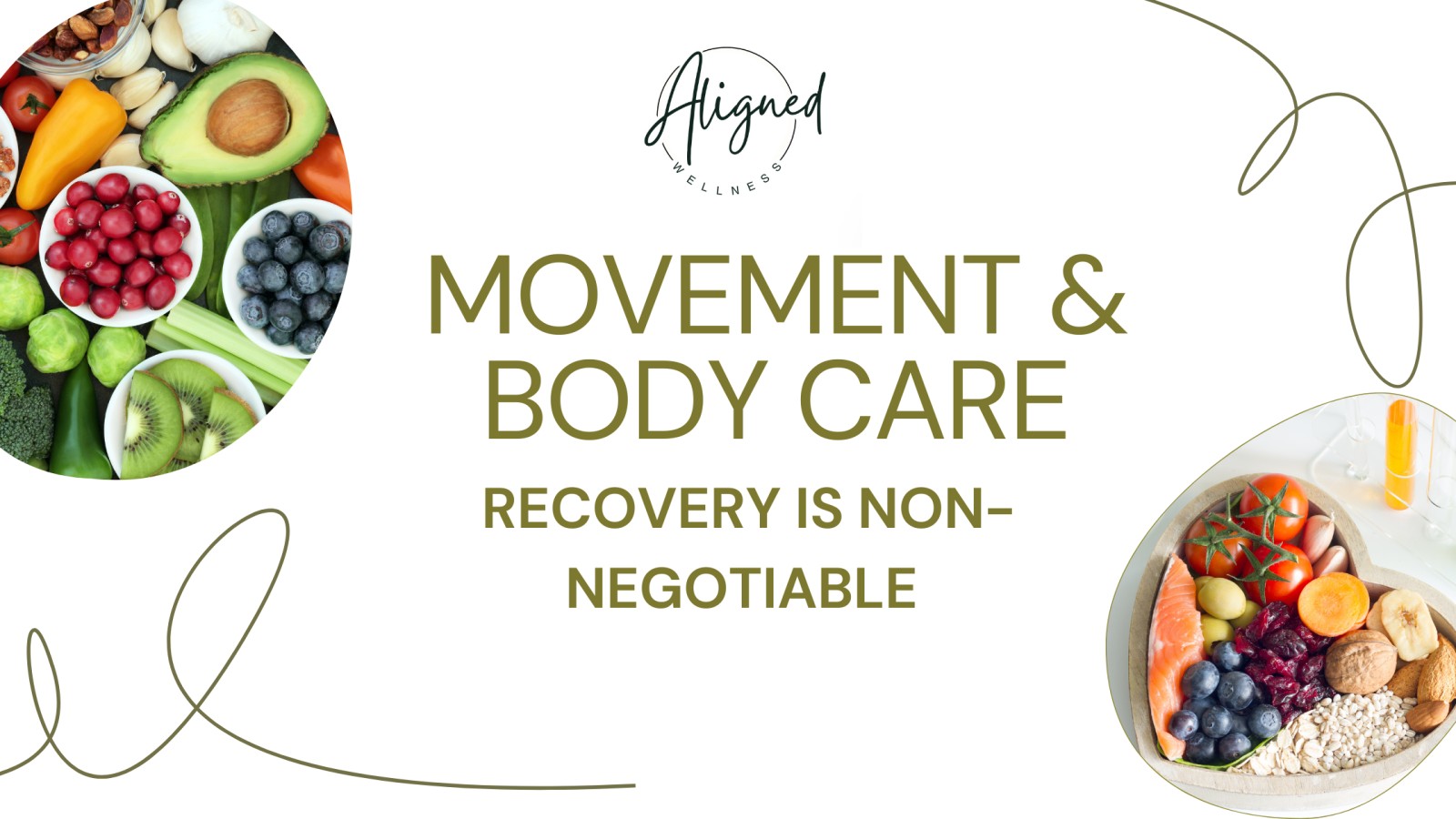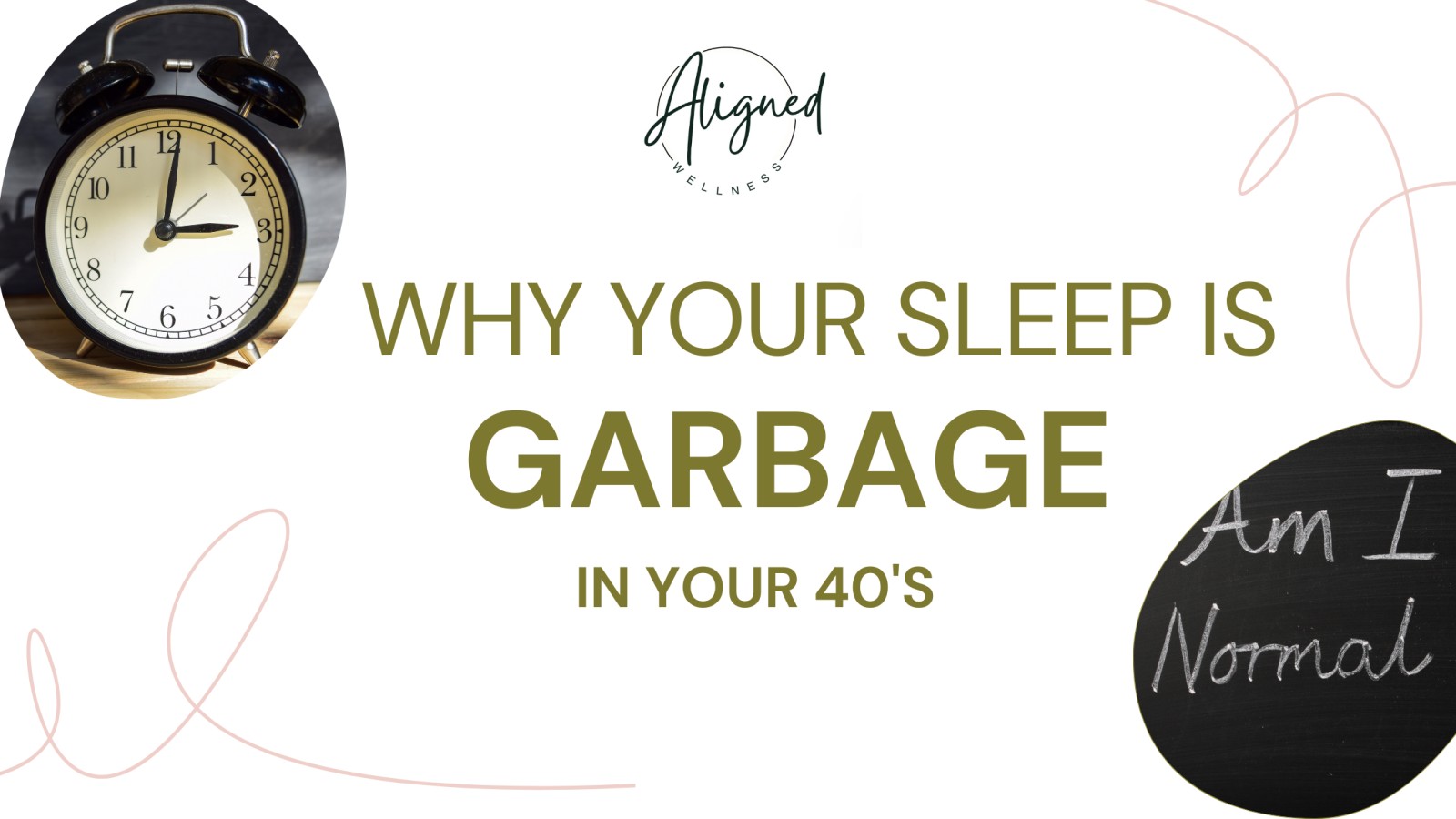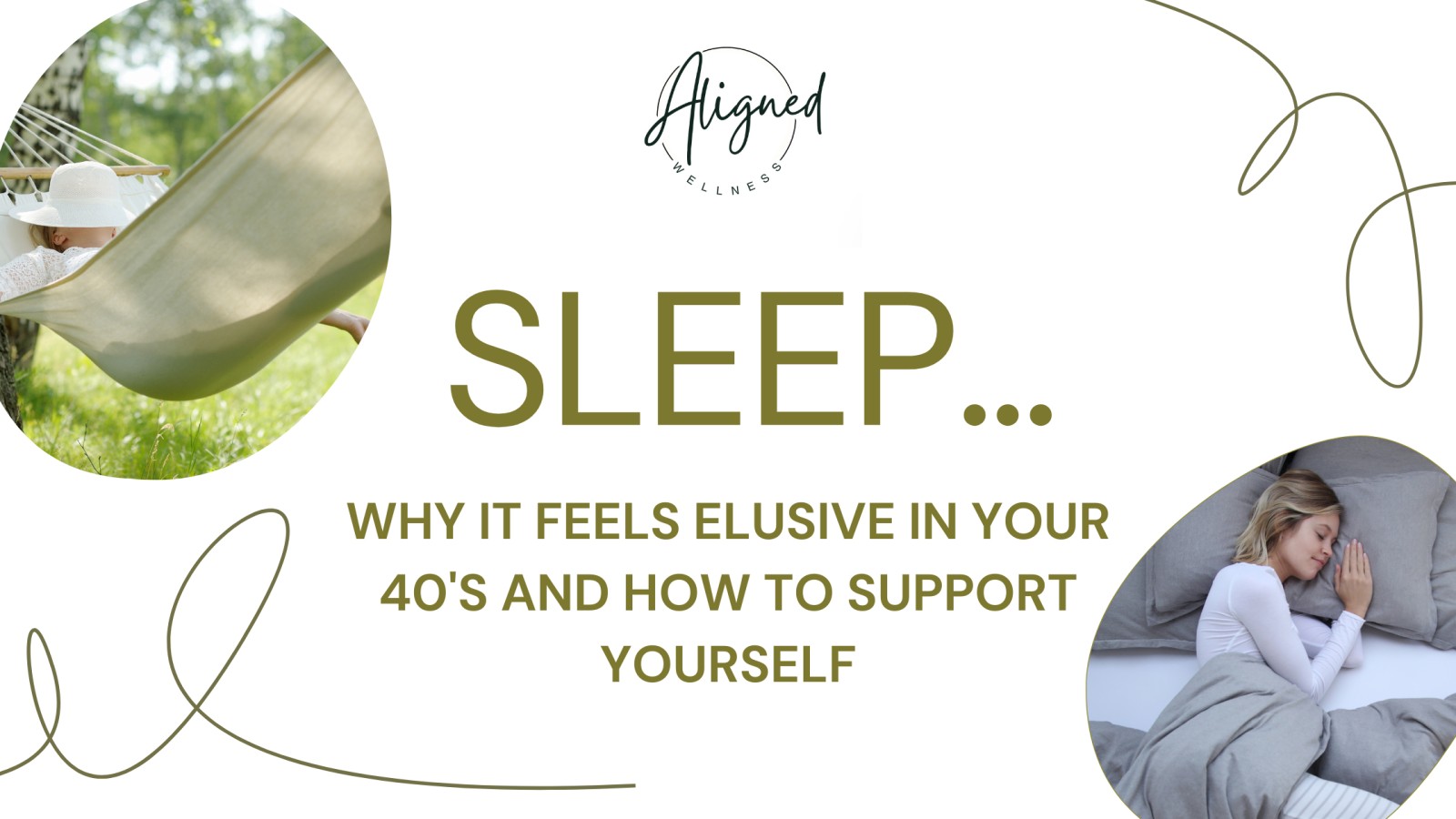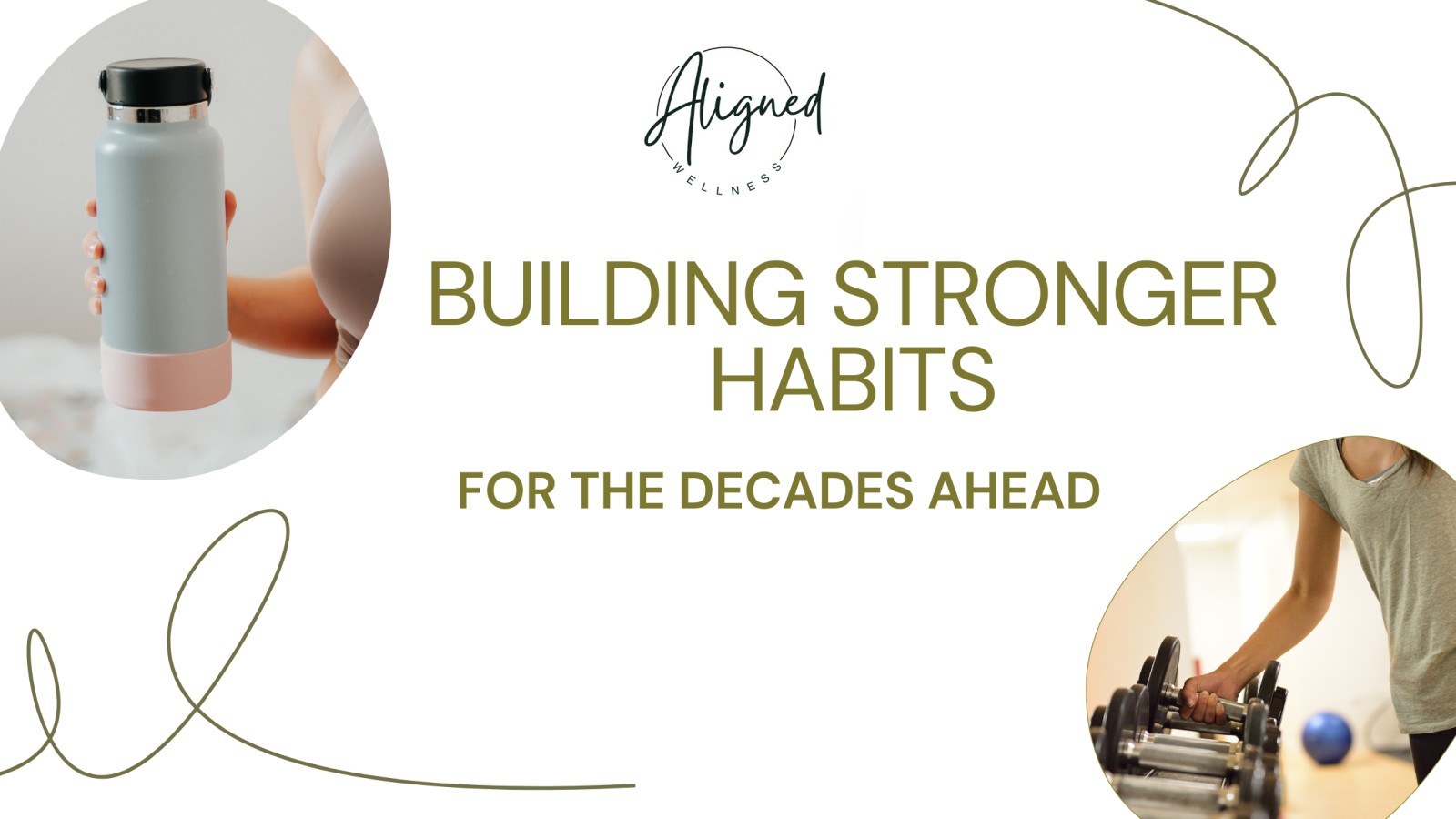
Movement & Body Care: Supporting Your Body Through Fitness and Recovery
Let’s be real—whether you’re practicing karate, hitting the gym, or chasing kids around the house, your body deserves care that goes beyond the workout itself. Movement is medicine, but recovery is where the real magic happens. Supporting your body through fitness, sports, and recovery helps you feel stronger, prevents injury, and allows you to keep doing what you love for years to come.
Here’s how to make movement and body care work together for your health:
Warm Up With Purpose
Jumping straight into exercise without warming up is like stepping into the cold without a coat—your body isn’t ready. A few minutes of dynamic stretching, light cardio, or mobility moves prepare your muscles, joints, and ligaments for safe movement.
- Increases circulation and flexibility
- Reduces risk of injury
- Prepares your mind for focused activity
- Enhances performance during workouts
- Supports long-term joint health
Fuel Your Muscles Wisely
Your body is fueled by what you eat, and recovery begins even before your workout ends. The right foods and hydration set you up for sustained energy and faster recovery.
- Prioritize protein for muscle repair
- Include healthy fats for joint support
- Choose complex carbs for lasting energy
- Stay hydrated to prevent cramps
- Add electrolytes after intense sweating
Recovery Is Non-Negotiable
Recovery doesn’t mean being lazy—it means giving your body the tools it needs to repair and rebuild stronger. Skipping recovery is one of the fastest ways to stall progress or invite injury.
- Stretch or foam roll post-activity
- Prioritize sleep for full muscle repair
- Use contrast therapy (ice/heat) when sore
- Incorporate rest days into your routine
- Consider massage or bodywork for added support
Listen to Your Body’s Signals
Pain and fatigue are signals, not inconveniences to ignore. By tuning in, you can prevent setbacks and adjust your training before something becomes a bigger issue.
- Stop if you feel sharp pain
- Modify moves if they strain joints
- Notice energy dips and adjust intensity
- Track progress, not perfection
- Seek support if pain lingers beyond a few days
Strengthen Beyond the Gym
Movement isn’t only about scheduled workouts. Small habits add up to a stronger, healthier body every day.
- Take walking breaks during the day
- Add core stability exercises for posture
- Use resistance bands at home
- Try balance activities to protect from falls
- Stay consistent—daily movement matters
What's Next?
Movement and body care go hand in hand—if you want to move well for decades, recovery is just as important as the workout itself.
Personalized strategies can help you fine-tune your fitness, prevent injuries, and optimize recovery.
Subscribe for Updates










